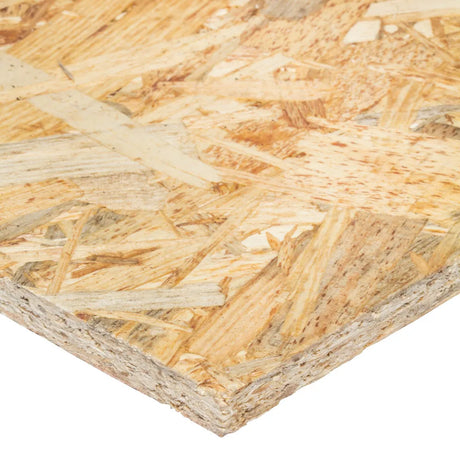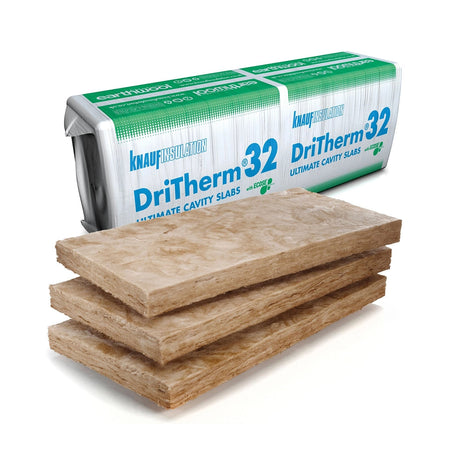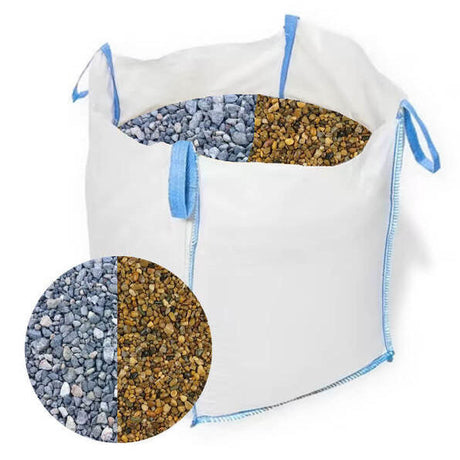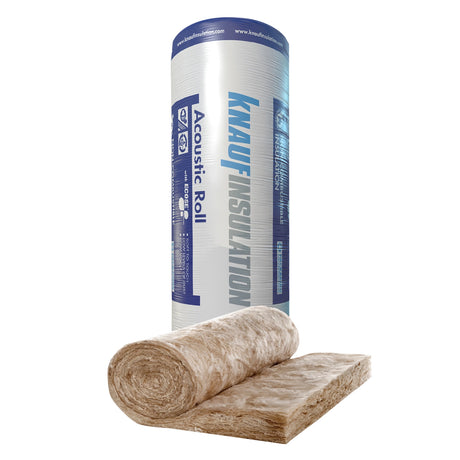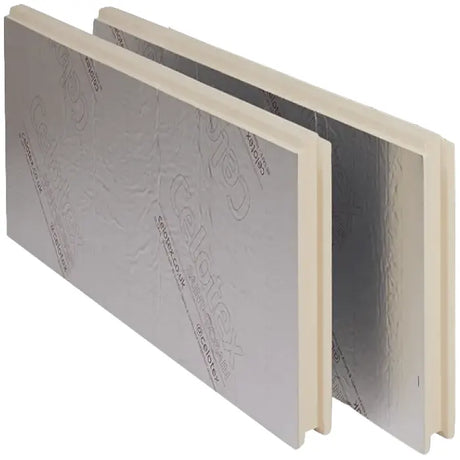Your garden shed faces a relentless battle against the British climate. From driving rain and fierce winds to scorching summer heat and bitter winter frosts, these humble structures must withstand everything our unpredictable weather can deliver. Yet with proper weather-proofing techniques and quality materials, even a basic shed can provide decades of reliable service whilst protecting your valuable tools, equipment, and stored items.
At DIY Building Supplies, we've helped countless customers transform draughty, leaking sheds into robust, weather-tight storage solutions. The secret lies in understanding how weather affects different shed components and implementing systematic improvements that work together to create comprehensive protection. Most importantly, effective weather-proofing needn't cost a fortune—strategic improvements using quality materials often deliver remarkable results within modest budgets.
Understanding Your Shed's Vulnerabilities
Every shed has weak points where weather penetration typically begins. Water ingress commonly starts around door and window frames, where gaps develop as timber shrinks and expands with seasonal temperature changes. Roof areas prove particularly vulnerable, especially where felt overlaps or fixing points allow moisture to penetrate. Floor areas suffer from ground moisture and condensation, whilst wall joints can develop gaps that admit both water and draughts.
British weather presents unique challenges that demand comprehensive solutions. Our maritime climate creates persistent humidity that encourages condensation problems, whilst temperature fluctuations cause materials to expand and contract repeatedly. Driving rain can penetrate surprisingly small gaps, whilst strong winds can exploit any weakness in roof coverings or wall cladding.
Understanding these vulnerabilities helps prioritise improvement efforts. Starting with the most critical areas—typically the roof and major joints—ensures your weather-proofing budget delivers maximum protection from the outset.
Roof Weather-proofing: Your First Line of Defence
The roof bears the brunt of weather exposure, making it the logical starting point for any weather-proofing project. Most shed roofs rely on mineral felt coverings that, whilst economical, require regular maintenance and eventual replacement to maintain weather-tight performance.
Quality roofing felt makes an enormous difference to longevity and performance. Heavy-duty felts from established manufacturers like Wickes or B&Q offer superior tear resistance and UV stability compared to basic alternatives. These materials typically feature reinforcing layers that prevent tearing during installation and provide better resistance to thermal movement.
Proper installation technique proves equally important. Felt should overlap by at least 75mm at joints, with each overlap running in the direction that sheds water effectively. Using quality felt adhesive ensures secure bonding between layers, whilst appropriate felt nails—typically 20mm galvanised clout nails—provide reliable mechanical fixing without creating leak points.
For superior long-term performance, consider upgrading to EPDM rubber roofing membranes. These single-ply systems eliminate the joints that cause problems with traditional felt whilst offering exceptional durability and weather resistance. Whilst the initial cost exceeds basic felt, the extended service life and minimal maintenance requirements often justify the investment.
Ridge and eaves details require particular attention. Proper ridge capping, secured with appropriate adhesives and mechanical fixings, prevents water penetration at this vulnerable junction. Eaves should incorporate adequate drip details that direct water clear of wall cladding, protecting the structure beneath.
Wall Cladding: Maintaining the Weather Barrier
Shed wall cladding endures constant expansion and contraction as temperatures fluctuate, creating gaps that compromise weather protection. Regular inspection and maintenance of these crucial barriers prevents minor issues developing into major problems.
External cladding joints benefit enormously from quality exterior wood stain or preservative treatment. Products from established brands like Cuprinol or Ronseal provide both weather protection and UV resistance whilst enhancing the shed's appearance. These treatments penetrate deep into timber fibres, providing protection from within rather than relying solely on surface coatings that can crack or peel.
For persistent gap problems, consider using external-grade flexible sealant. Modern acrylic or hybrid polymer sealants from manufacturers like Everbuild maintain flexibility across wide temperature ranges whilst providing excellent adhesion to timber surfaces. These products accommodate natural timber movement whilst maintaining weather-tight seals.
Shiplap cladding arrangements naturally shed water when properly installed and maintained. However, ensuring adequate overlap between boards and maintaining proper drainage behind the cladding prevents moisture accumulation that could compromise the structure. Where necessary, installing breathable membrane behind the cladding provides additional protection whilst allowing moisture vapour to escape.
Door and Window Sealing: Eliminating Draughts and Leaks
Doors and windows represent significant weak points in shed weather defences. These opening elements must balance weather protection with practical access requirements, creating challenges that demand careful attention to detail.
Door frame sealing often requires comprehensive attention. Quality draught excluder strips provide immediate improvements to weather protection whilst reducing heat loss during colder months. Self-adhesive foam strips offer economical solutions for basic applications, whilst brush or rubber seals provide superior durability for frequently used doors.
The door threshold deserves particular attention, as this horizontal surface faces constant water exposure whilst accommodating regular foot traffic. Installing a proper weather bar—a raised strip that diverts water away from the door opening—dramatically improves protection against driving rain. These simple additions, available in aluminium or timber, create positive barriers that prevent water penetration even during severe weather.
Window frames require similar attention to sealing and drainage. External glazing compounds should remain flexible and weather-tight, requiring replacement when cracking or shrinkage becomes evident. Modern glazing sealants provide superior flexibility and UV resistance compared to traditional putty, offering enhanced durability with minimal maintenance requirements.
For improved thermal performance, consider installing secondary glazing systems. These additions create insulating air gaps that reduce heat loss whilst providing additional weather protection. Simple film-based systems offer economical solutions, whilst rigid secondary glazing provides superior performance for year-round shed use.
Floor Protection: Conquering Moisture from Below
Ground moisture poses constant threats to shed floors, particularly during wet winter months when soil saturation peaks. Effective floor protection requires addressing both direct moisture penetration and condensation issues that develop when warm, humid air contacts cold surfaces.
Damp-proof membranes provide essential protection against ground moisture. Heavy-duty polythene sheeting, properly overlapped and sealed at joints, creates effective barriers beneath timber floors. For enhanced protection, consider using purpose-made DPM materials that offer superior puncture resistance and long-term durability.
Ventilation beneath raised floors proves crucial for long-term protection. Adequate airflow prevents moisture accumulation whilst maintaining dry conditions that discourage fungal growth. Ensure ventilation openings remain clear throughout the year, and consider installing additional vents if condensation problems persist.
For sheds positioned directly on concrete bases, ensure proper damp-proofing exists between the concrete and timber floor elements. Where dampness persists, consider installing insulation beneath the floor covering to reduce condensation whilst improving thermal comfort.
Insulation: Year-Round Comfort and Protection
Insulation delivers benefits beyond simple thermal comfort, helping prevent condensation problems whilst reducing temperature fluctuations that stress shed structures and stored contents. Quality insulation creates more stable internal conditions that protect tools, equipment, and stored materials throughout the year.
Sheep's wool insulation offers excellent performance for shed applications, providing superior moisture management alongside effective thermal properties. This natural material absorbs and releases moisture vapour without losing its insulating properties, helping maintain optimal humidity levels whilst providing thermal protection.
For more economical solutions, mineral wool insulation from manufacturers like Knauf provides reliable thermal performance at competitive pricing. These materials require proper vapour barriers to prevent moisture problems, but offer excellent value for budget-conscious projects.
Reflective insulation systems deserve consideration for roof applications, where radiant heat gain can create uncomfortable conditions during summer months. These lightweight systems reflect solar radiation whilst providing modest thermal insulation, creating more comfortable conditions year-round.
Ventilation: Managing Moisture Effectively
Proper ventilation prevents condensation problems that can damage both shed structures and stored contents. The key lies in creating controlled airflow that removes moisture-laden air whilst maintaining reasonable internal temperatures.
Ridge ventilation provides natural air movement that removes warm, humid air before condensation occurs. Simple ridge vents, properly protected against rain penetration, create effective passive ventilation systems that operate continuously without energy consumption.
Eaves ventilation complements ridge systems by providing air intake points that create circulation throughout the roof space. These openings should include mesh protection against insects whilst remaining clear of obstructions that could impede airflow.
For sheds used as workshops or for storage of moisture-sensitive items, consider installing extraction fans that provide positive ventilation during periods of high humidity. Solar-powered options offer economical operation whilst providing enhanced moisture control.
Seasonal Maintenance: Protecting Your Investment
Regular maintenance prevents minor issues developing into major problems that compromise weather protection. Seasonal inspection routines help identify developing problems whilst they remain easily addressed.
Autumn inspections should focus on clearing gutters and drainage points, checking roof coverings for damage, and ensuring door and window seals remain effective before winter weather arrives. Spring maintenance typically involves checking for winter damage, refreshing external treatments, and addressing any weather-related deterioration.
Summer periods provide ideal conditions for major maintenance work, including roof recovering, external painting, and structural repairs that require dry conditions for proper completion.
Professional Results on Any Budget
At DIY Building Supplies, we understand that effective shed weather-proofing requires both quality materials and practical expertise. Our comprehensive range includes everything needed to transform basic sheds into weather-tight storage solutions, from premium roofing materials to specialist sealants and insulation systems.
Our technical team combines extensive practical experience with detailed knowledge of product performance, helping ensure your weather-proofing efforts deliver lasting results. Whether you're planning comprehensive refurbishment or targeting specific problem areas, we can recommend materials and techniques that deliver professional results within your budget.
Contact our knowledgeable team to discuss your shed weather-proofing requirements. With the right materials and proven techniques, even the most weather-beaten shed can provide years of reliable service whilst protecting your valuable possessions from whatever the British climate delivers.



